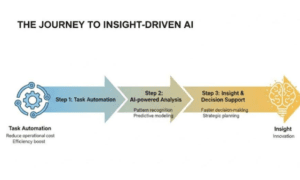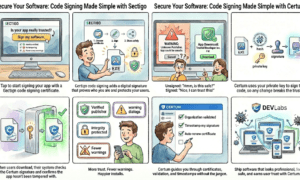The COVID-19 pandemic forced K12 education to undergo an unprecedented transformation, reshaping how schools functioned overnight. When the pandemic hit, schools closed their doors, and the rush to transition to remote learning revealed how unprepared many institutions were. For students and teachers alike, reliable internet and access to communication tools like Zoom, Google Classroom, and Microsoft Teams became critical to keep education moving forward. However, not every school was equipped for this shift, especially in rural and underserved communities where high-speed internet was limited.
In response, schools and districts turned to technology providers to help bolster their infrastructure. The need for secure, reliable networks became clear, as did the importance of addressing the growing cybersecurity threats. The gap between those who had access to high-quality digital tools and those who didn’t—often called the digital divide—was never more obvious. Schools were now tasked with building up their networks to handle the influx of online activity while keeping systems safe from cyberattacks.
One individual helping bridge this gap is Himmat Rathore, a Technical Leader at DISYS Solutions, Inc. Based in Texas, Rathore played a key role in enabling schools to meet the demands of remote learning. He led large-scale projects to implement high-speed networks, ensuring students could continue their education without interruption. By utilizing federal programs like the ESSER funds, part of the CARES Act of 2020, Rathore helped school districts secure vital resources to upgrade their technology infrastructure. His efforts allowed districts to not only adapt to the challenges of the pandemic but to prepare for the future by enhancing their digital capabilities.
The impact of these investments has been lasting. Even as students returned to the classroom, hybrid models remain in place, allowing for flexibility when needed. The pandemic accelerated the use of technology in schools, making robust networks and communication tools central to modern education. Whether in-person or online, students now benefit from the advanced systems put in place during the pandemic, making their education more interactive and accessible than ever before.
As we move forward, one thing is certain: the pandemic made it clear that schools must be ready for future disruptions. Reliable, secure networks are no longer optional—they’re essential for ensuring students can continue learning no matter what challenges arise.



































